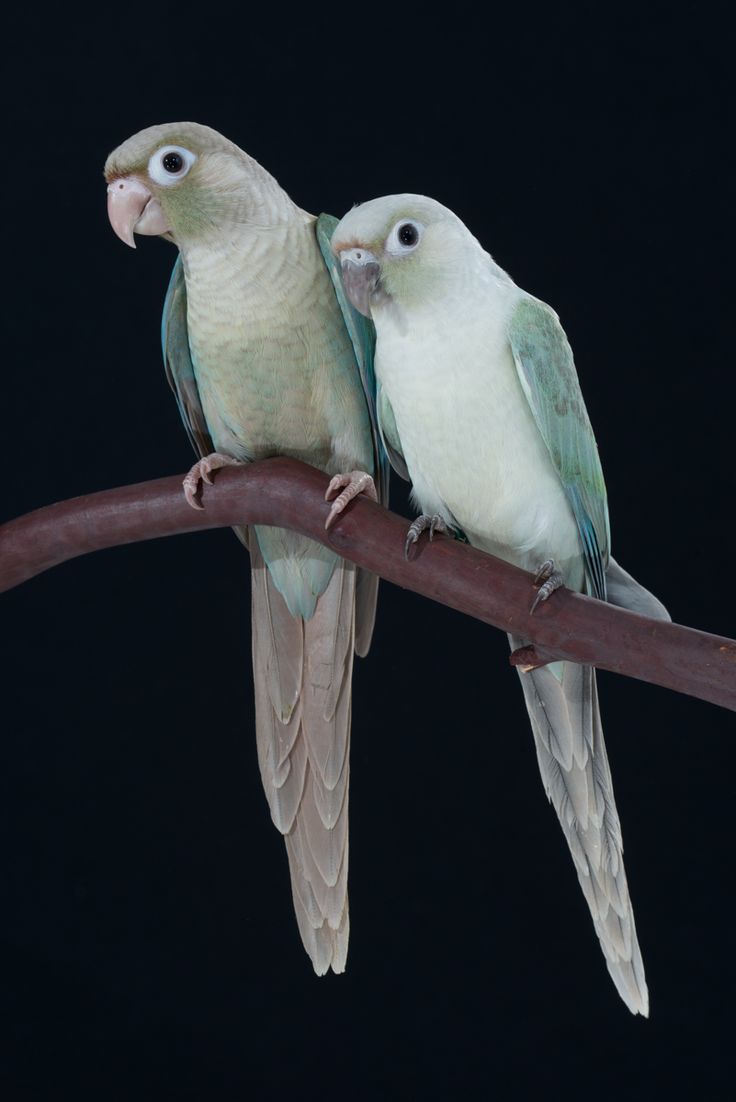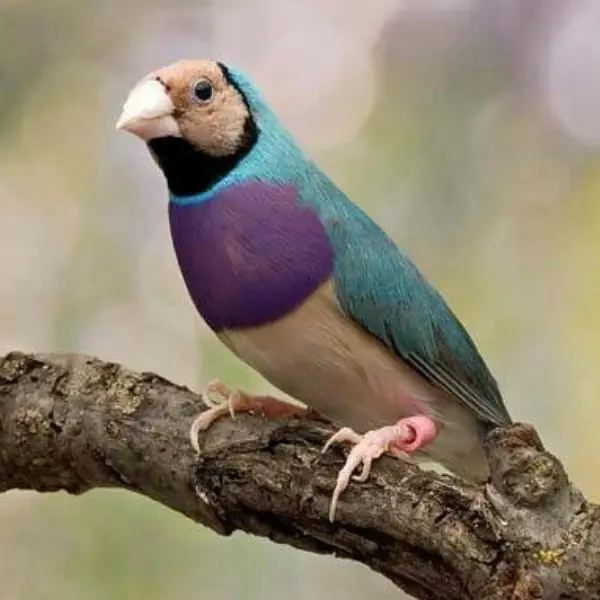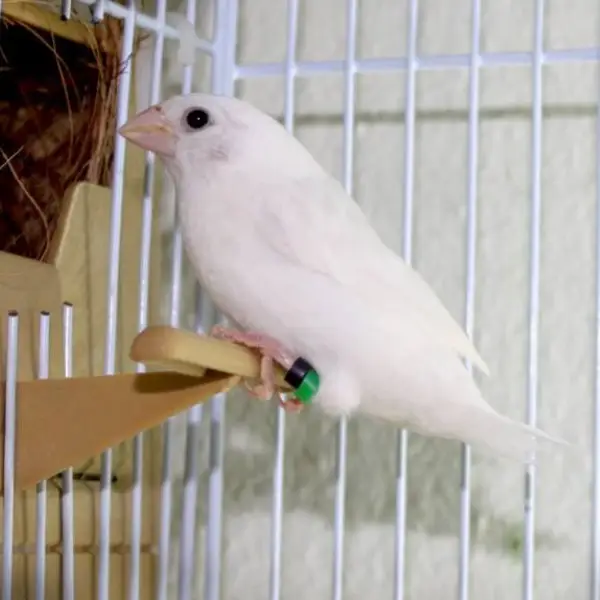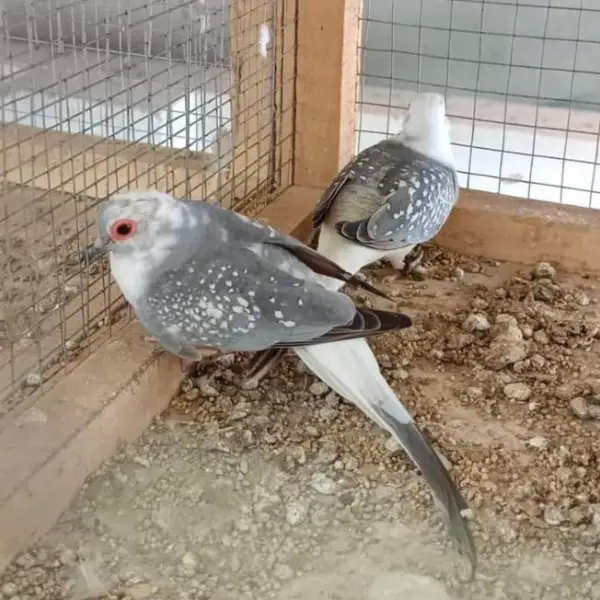Free shipping order over 20,000
Blue Turquoise Conure
₨ 62,500 Original price was: ₨ 62,500.₨ 50,000Current price is: ₨ 50,000.
-
- Scientific Name: Pyrrhura molinae
- Size: Approximately 26 cm (10 inches) in length.
- Color: The Blue Turquoise Conure is a color mutation of the Green-Cheeked Conure, Pyrrhura molinae, featuring a unique blend of blue and turquoise feathers. The body is primarily covered in a bright turquoise hue, with the head often exhibiting a slightly darker blue shade. The wings and back may show a mix of blue and green tones, adding to the bird’s vibrant appearance.
- Beak: Medium-sized, strong, and typically grayish-black in color, well-suited for cracking seeds.
- Eyes: Dark brown or black, with a white eye-ring that contrasts with the bird’s colorful plumage.
- Legs and Feet: Grayish or pinkish in color, with strong, zygodactyl toes (two toes facing forward and two backward) for gripping branches and perches.
SKU: REF. LA-5766-10-1-1-1-1-1-1-1-1-1-1-1-1-1-1-1-1-1-1-1-1-1-1-1-1-1
Categories: PARROTS, Uncategorized
Tag: parrots
Share
Share on facebook
Share on email
Important Keys:
Habitat
- Distribution: The Green-Cheeked Conure, including the Blue Turquoise mutation, is native to South America, particularly regions in Brazil, Bolivia, Argentina, and Paraguay. The Blue Turquoise variant is primarily found in captivity due to selective breeding.
- Environment: In the wild, Green-Cheeked Conures inhabit forests, woodlands, and savannas. In captivity, Blue Turquoise Conures are kept in aviaries or large cages that allow for plenty of flying space.
Diet
- Primary Food: Seeds, nuts, and fruits are the staple of their diet in the wild. In captivity, a balanced diet includes high-quality pellets, fresh fruits, and vegetables.
- Supplementary Food: Insects, grains, and leafy greens can also be included to provide variety and additional nutrients.
- Feeding Behavior: These conures are active foragers, often seen climbing and hanging upside down while feeding. In captivity, they enjoy interactive feeding activities like foraging toys.
Breeding
- Breeding Season: In the wild, breeding typically occurs during the rainy season, but in captivity, they can breed year-round if conditions are favorable.
- Nest Location: Nests are typically found in tree cavities in the wild. In captivity, they will use nest boxes provided by breeders or owners. The nest is often lined with soft materials like shredded paper or wood chips.
- Egg Quantity: Clutches usually consist of 4-6 eggs.
- Incubation Period: About 23-26 days.
- Fledging: Chicks fledge around 7-8 weeks after hatching.
Lifespan
- In the Wild: Typically around 10-15 years.
- In Captivity: Can live up to 20 years or more with proper care.
Behavior
- Social Structure: Blue Turquoise Conures are highly social birds that thrive in the company of their own kind or other conures. They are known for forming strong bonds with their human caregivers, often seeking attention and interaction.
- Vocalization: Their calls are a mix of chirps, squawks, and whistles. While not as loud as some other parrot species, they are still vocal and use their sounds for communication, expressing excitement, or alerting others.
- Personality: These conures are playful, affectionate, and curious. They enjoy interactive toys, puzzles, and spending time with their owners, making them popular pets for those looking for a lively and engaging companion.
![]()
Be the first to review “Blue Turquoise Conure” Cancel reply
Related Products
-
-22%
Strawberry Finch
₨ 4,500Original price was: ₨ 4,500.₨ 3,500Current price is: ₨ 3,500. -
-14%
Green Star Finch
₨ 17,500Original price was: ₨ 17,500.₨ 15,000Current price is: ₨ 15,000. -
-25%
Silver Gouldian Finch
₨ 24,000Original price was: ₨ 24,000.₨ 18,000Current price is: ₨ 18,000. -
-43%
Blue Gouldian Finch
₨ 35,000Original price was: ₨ 35,000.₨ 20,000Current price is: ₨ 20,000. -
-19%
White Bengalese
₨ 1,850Original price was: ₨ 1,850.₨ 1,500Current price is: ₨ 1,500. -
-20%
White-tailed Dove
₨ 1,250Original price was: ₨ 1,250.₨ 1,000Current price is: ₨ 1,000. -
-42%
Silver Pied Dove
₨ 12,000Original price was: ₨ 12,000.₨ 7,000Current price is: ₨ 7,000. -
-20%
Crested Dove
₨ 43,750Original price was: ₨ 43,750.₨ 35,000Current price is: ₨ 35,000.
Sign Up for Exclusive Birds Care Tips and Offers from Phool Panchi
Company links
Category
Contact
© 2024 Phool Panchi | Developed By v3Studio














Reviews
There are no reviews yet.